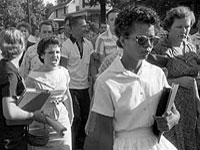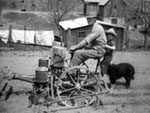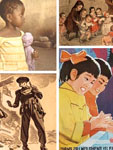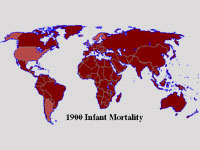Central High Crisis: Little Rock, 1957

This collection of newspaper articles and photographs from two Arkansas newspapers explores the 1957 crisis in the city of Little Rock. National attention focused on the city when Governor Orval Faubus refused to allow nine African American students to desegregate the city's all-white Central High School, despite federal court rulings to the contrary. In response, President Dwight D. Eisenhower reluctantly became the first president since Reconstruction to send federal troops to protect the rights of African Americans.
Materials include news articles and editorials from each day of the month-long crisis, articles on the anniversaries from 1997 to 2000, and 16 photographs. In addition, material on the 40th anniversary of the crisis is provided: 19 op-ed pieces, speeches, an interview with President Clinton, timelines, and a 1991 defense by Faubus of his actions.


